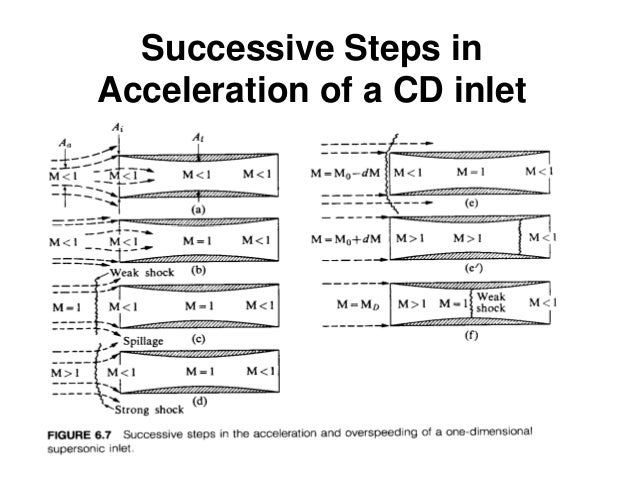

So why aren't all our natural gas pipelines carrying gas at the speed of sound? Or why not even our water pipes? TL DR: Entropy is maximized when a fluid flow velocity through a pipe reaches the speed of sound. What if I am controlling the inlet conditions to be a certain pressure? Then what happens at the end of a rough walled pipe if the flow reaches M = 1 in the middle? Or what if I forcibly add more heat past the M=1 point (in an initially subsonic flow) where the inlet pressure is fixed? Physically, what will happen?

The textbooks I've skimmed generally say "if there is still pipe length left or heat addition past the point of M = 1, then the inlet conditions must spontaneously change such that the flow reaches M = 1 at the end of the pipe." But they do not explain what these changes are or what mechanism enforces them. I also do not understand what happens after the flow reaches M = 1. So why then don't we find that most fluid flows through a pipe ultimately end up with sonic flow velocities? Wall friction will actually cause a subsonic flow of gas through a pipe to accelerate up to M = 1 (this is still counter-intuitive to me). Whether the flow starts off supersonic (M > 1) or subsonic (M < 1), the M = 1 condition is the maximum entropy point. According to the 1D models of compressible fluid flow, the effects of pipe wall friction and the effects of heat addition from the environment both drive a flow toward Mach 1 (i.e.


 0 kommentar(er)
0 kommentar(er)
